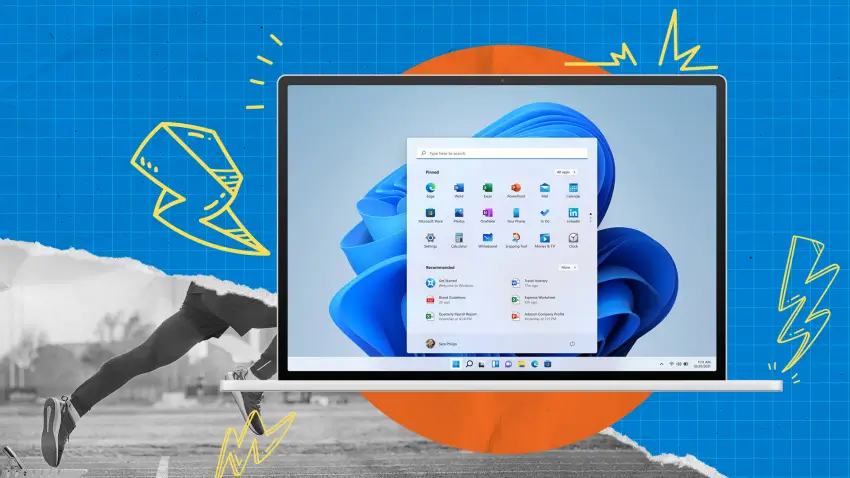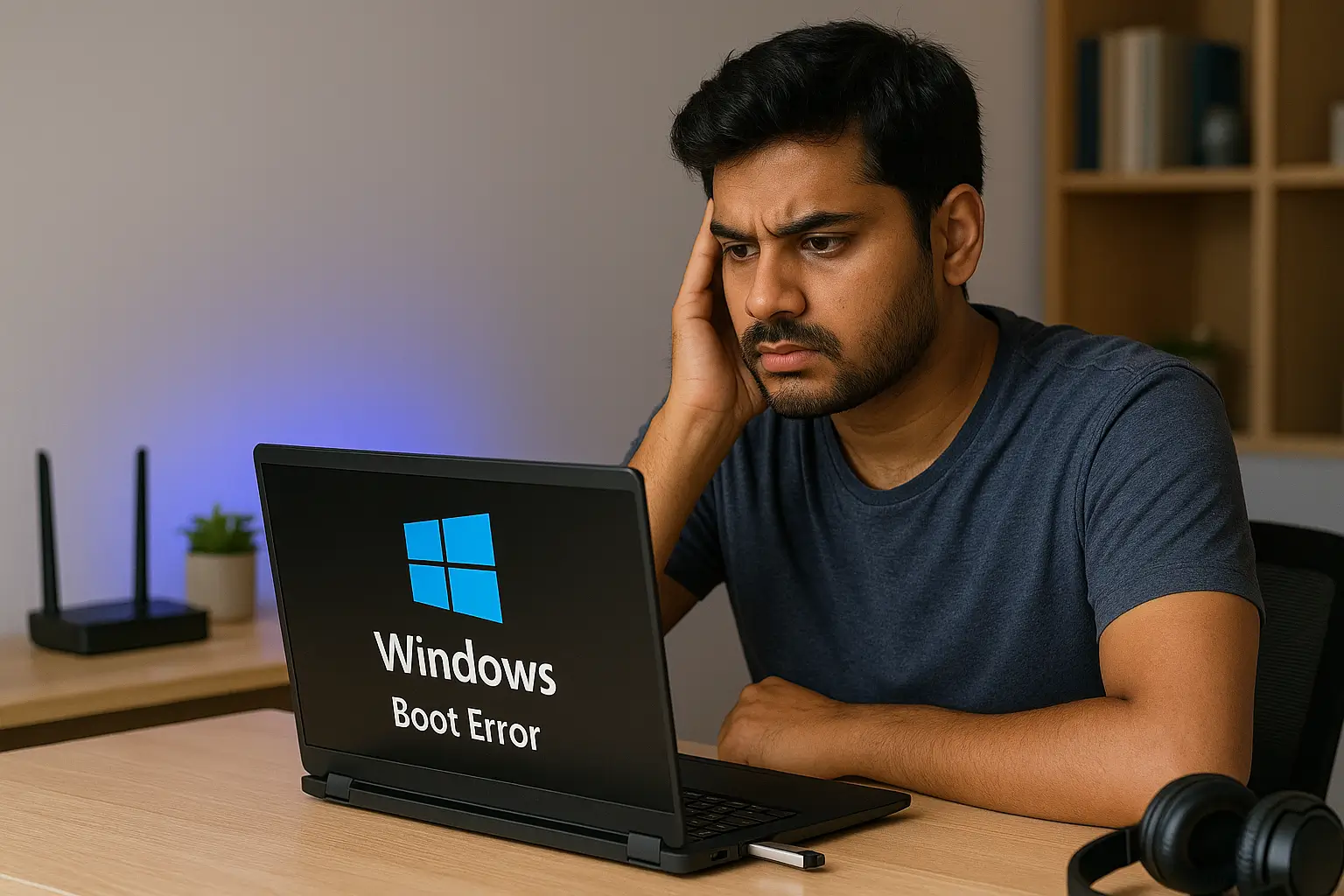How to Speed Up Your Windows 10 PC: A Complete Guide
Is your Windows 10 PC running slower than usual? Over time, your system can become sluggish due to a variety of factors like unused programs, system bloat, or background processes. Therefore, in this guide, we’ll show you how to speed up Windows 10 effectively, ensuring it runs as smoothly as possible.
Table of Contents:
1. Disable Startup Programs to Speed Up Windows 10
When you start your Windows 10 PC, some programs automatically launch, which slows down your boot time. To fix this and speed up Windows 10, disable unnecessary startup programs:
- Press
Ctrl + Shift + Escto open the Task Manager. - Click the Startup tab.
- Then, right-click any programs you don’t need and select Disable.
2. Uninstall Unnecessary Software to Boost Speed on Windows 10
Unused software can take up space and resources. As a result, it slows down your system. To speed up your Windows 10 PC, uninstall software you no longer need:
- Open the Control Panel.
- Go to Programs > Uninstall a program.
- Next, select and uninstall any software you no longer use.
3. Use Disk Cleanup to Speed Up Windows 10
Windows 10 comes with a built-in Disk Cleanup tool that helps remove temporary files and system cache. In addition, it can free up space and improve speed:
- Type “Disk Cleanup” in the Start menu.
- Select the drive you want to clean (usually C:).
- Then, choose the files you want to delete and click OK.
4. Optimize Your Storage with Storage Sense
Moreover, Windows 10 has a feature called Storage Sense that automatically frees up space by removing unnecessary files. Enabling Storage Sense can also help speed up your Windows 10 performance:
- Go to Settings > System > Storage.
- Turn on Storage Sense to clean up junk files and optimize speed.
5. Adjust Visual Effects to Improve Windows 10 Speed
Windows 10’s visual effects can slow down older PCs. To reduce the load on your system and improve speed, adjust these settings:
- Press
Win + R, typesysdm.cpl, and hit Enter. - Go to the Advanced tab and click Settings under Performance.
- Then, choose Adjust for best performance to turn off unnecessary effects, which will help speed up Windows 10.
6. Upgrade Your RAM to Speed Up Windows 10
If your Windows 10 PC frequently lags when running multiple applications, you may need more RAM. Furthermore, adding additional memory can drastically improve performance, especially for multitasking and gaming, resulting in a faster Windows 10 experience.
7. Keep Windows 10 Updated to Maintain Speed
Microsoft regularly releases updates to optimize performance and security. Thus, keeping your Windows 10 updated ensures it operates at peak performance:
- Go to Settings > Update & Security > Windows Update.
- Finally, check for updates and install any that are available to ensure your system is running as fast as possible.
8. Use an SSD to Drastically Speed Up Windows 10
Switching to a Solid-State Drive (SSD) instead of a traditional Hard Disk Drive (HDD) can drastically speed up your Windows 10 PC, especially in terms of boot times and application loading speeds. An SSD is one of the best hardware upgrades to improve speed.
9. Run a Malware Scan to Keep Your Windows 10 Fast
Malware and viruses can significantly slow down your system. Regularly running antivirus software not only keeps your system safe but also helps speed up your Windows 10 PC.
Conclusion
By following these steps, you can significantly boost the speed of your Windows 10 PC and extend its lifespan. Whether you’re managing startup programs, cleaning up storage, or upgrading your hardware, these tips will help you speed up your Windows 10 performance. For more advanced tips, check out our post on How to Install Windows 10: A Step-by-Step Guide.



